Panier
Close
- No products in the cart.
Sous total (Hors frais de livraison)
0,00€
Payer
Expédition et livraison
Réparation et maintenance
The hissing sound of a foil often comes from square or chipped trailing edges.
Once in the water and with speed, this creates turbulent flows along the surfaces of your foil. (small vortices after the trailing edge causing annoying noises and potentially vibrations at high speeds. The shape of this trailing edge is one of the main factors in this noise problem.
To dig a little deeper and understand whistling: It’s a fluid dynamics phenomenon called the “Karmen vortex”.
As the fluid flows around the profile, two vortices are generated by the two square corners of the trailing edge. Each vortex is a low-pressure vortex, and they tend to follow one another.
A multitude of vortices, some coming from the top of the trailing edge, others from the bottom, follow one another, creating an oscillating force acting on the trailing edge of the airfoil and thus a whistling sound.
It’s the same phenomenon that makes overhead power cables whistle, or that caused the Tacoma Bridge to vibrate and then collapse in 1940.
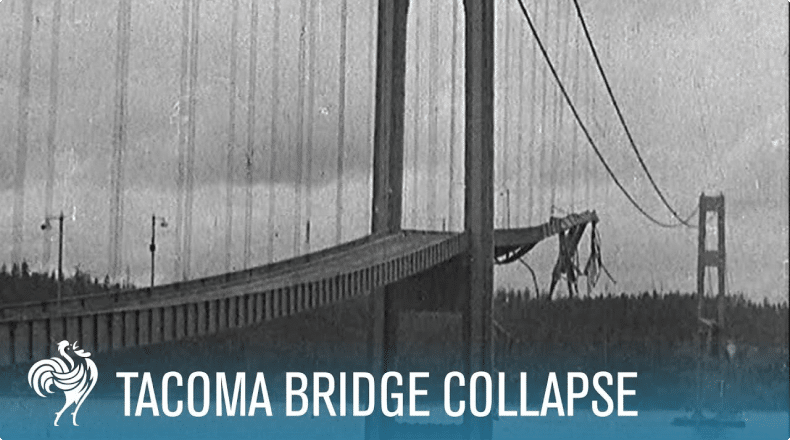
If your foil whistles, the first thing to do is check the trailing edge. If you find any rough spots, you can sand them down with fine sandpaper.
If the trailing edge is smooth, you can check the wing assembly. Make sure all parts are tight and free from play.
If you’ve checked the trailing edge and wing assembly and the whistling persists, the wing may be defective. In this case, you will need to contact the manufacturer or dealer for a replacement.
To solve a whistling problem, simply sand the trailing edges very lightly using this method, to obtain laminar flows thanks to a fine, regular trailing edge.

Once you’ve properly sanded the trailing edge of your foil, you should notice a reduction or disappearance of the whistling.
Warnings
It’s important to take care when sanding the trailing edge of a foil. Edges can be sharp and dangerous.
If you’re not sure how to proceed, it’s best to call in a professional.
Once finished, you’ll probably notice a reduction in vibrations and a quieter foil. Caution is essential, as sharp edges can be dangerous.
Always wear work gloves when sanding, and be aware of the associated risks. any person deciding to carry out these procedures does so with full knowledge of the risks and under his or her own responsibility.
Before you begin, please read the warranty policy carefully.
Click & Collect
Secure payment in 3 or 4 instalments
Advice from enthusiasts
Satisfied or your money back
2 to 3 years warranty
Worldwide delivery
Votre emplacement actuel et les langues disponibles
Your current location and available languages
Build your complete foil equipment according to your practice and objectives.
Answer a few quick questions and get a suggestion.
Compare up to three stabilizers side by side.
Coming soon...
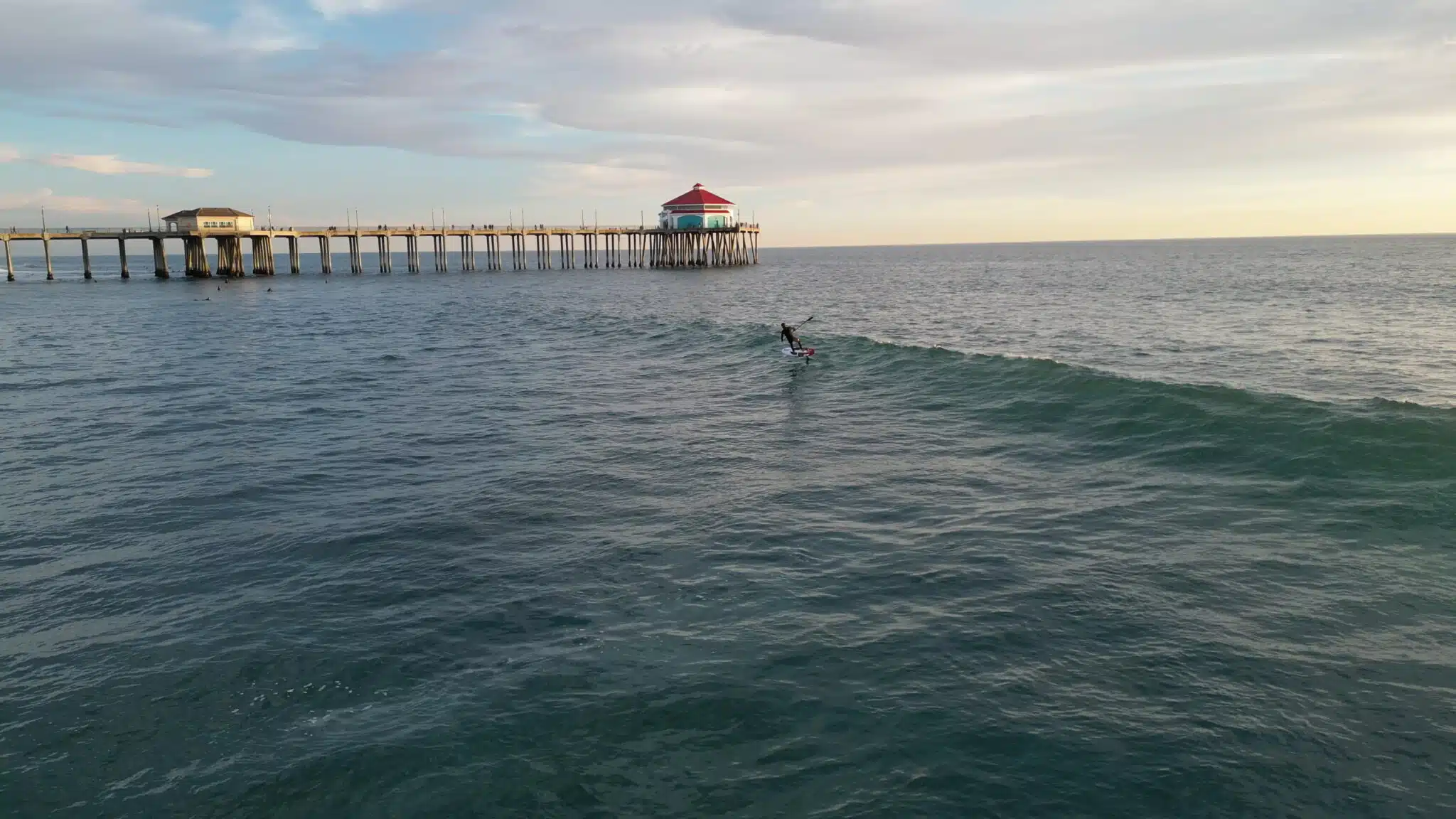
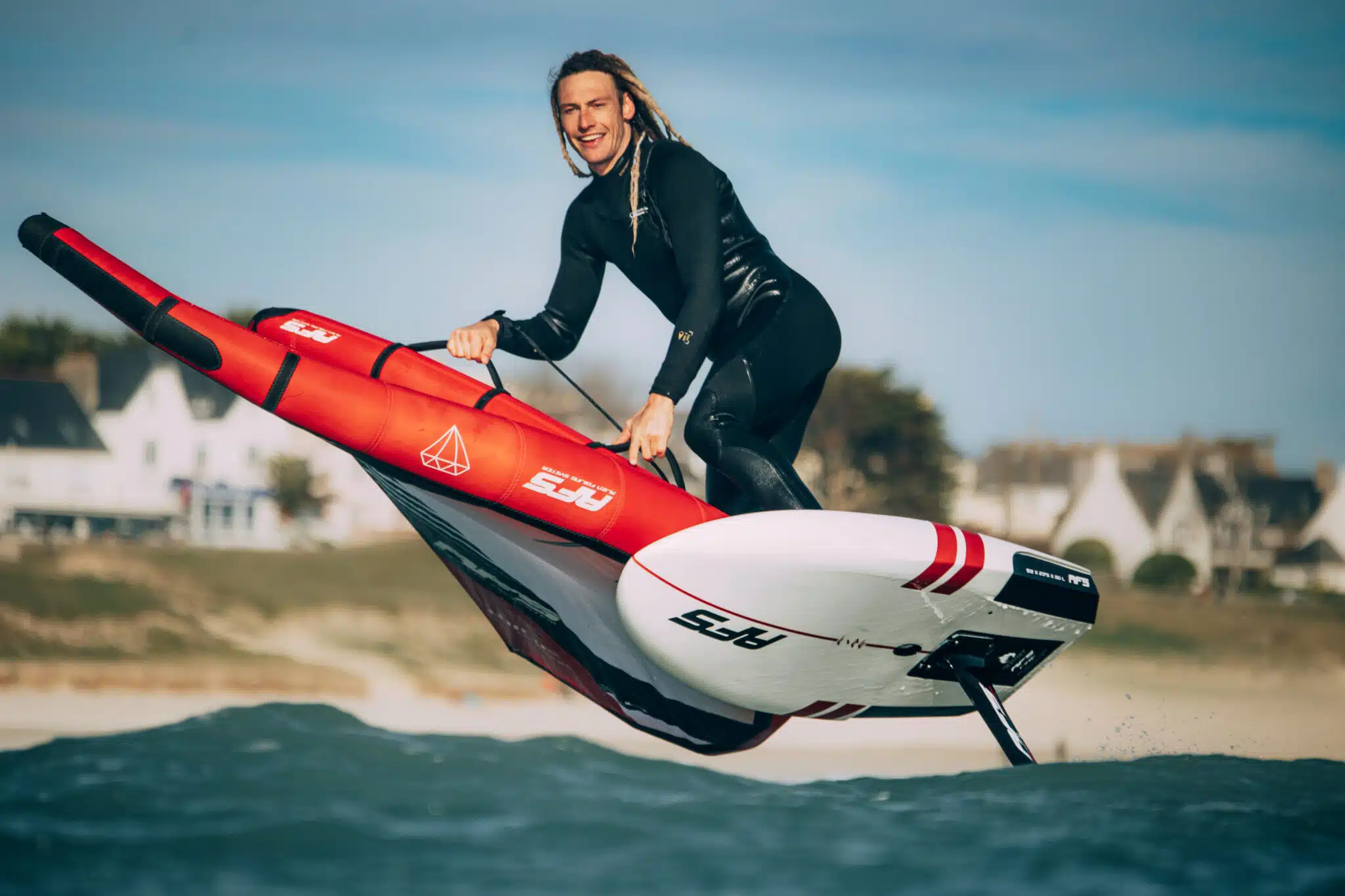

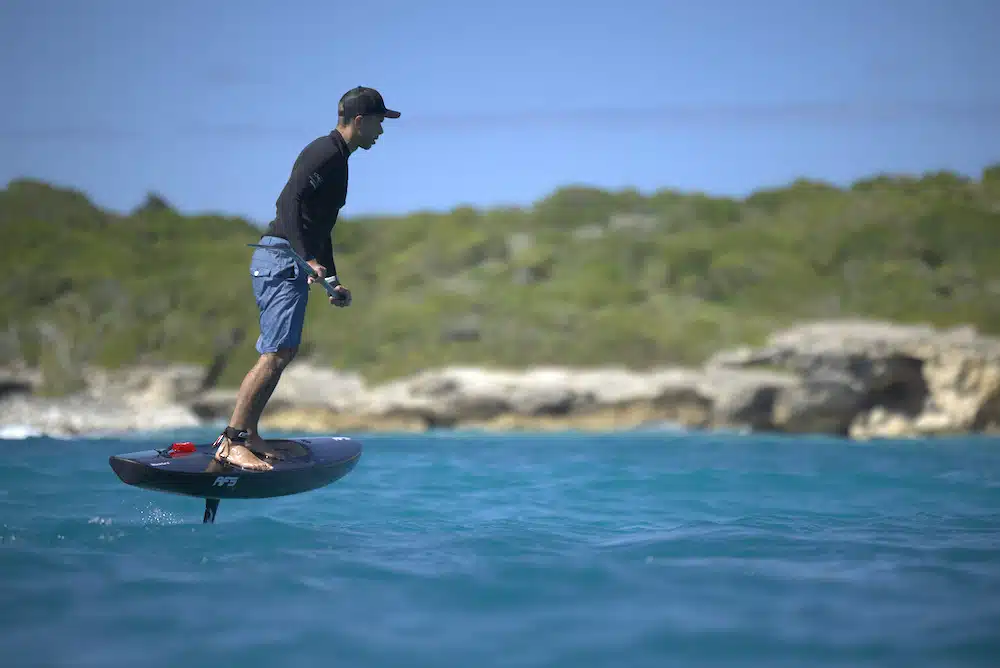
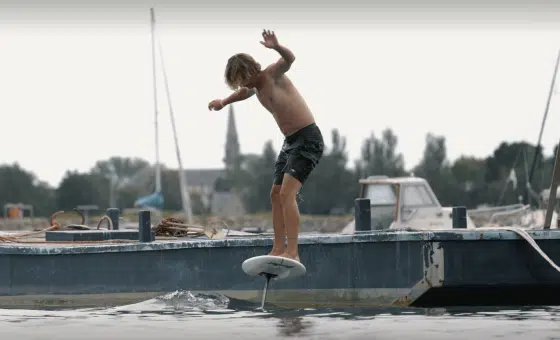
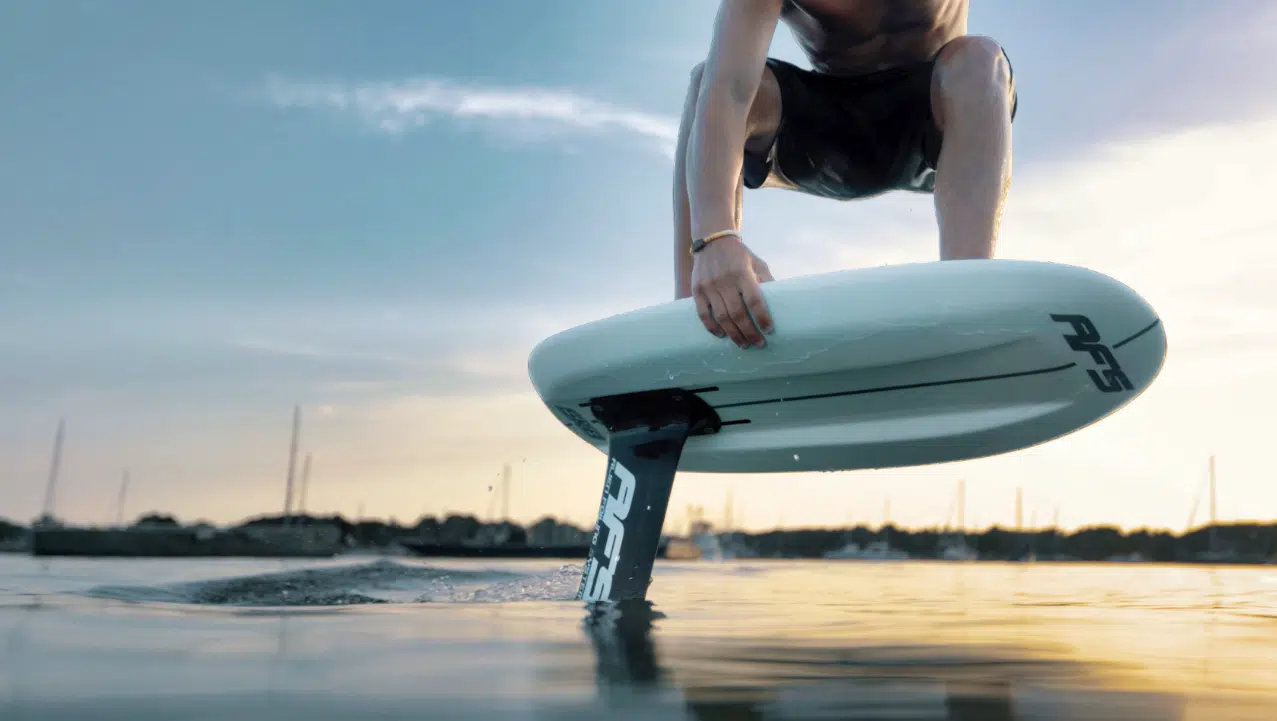
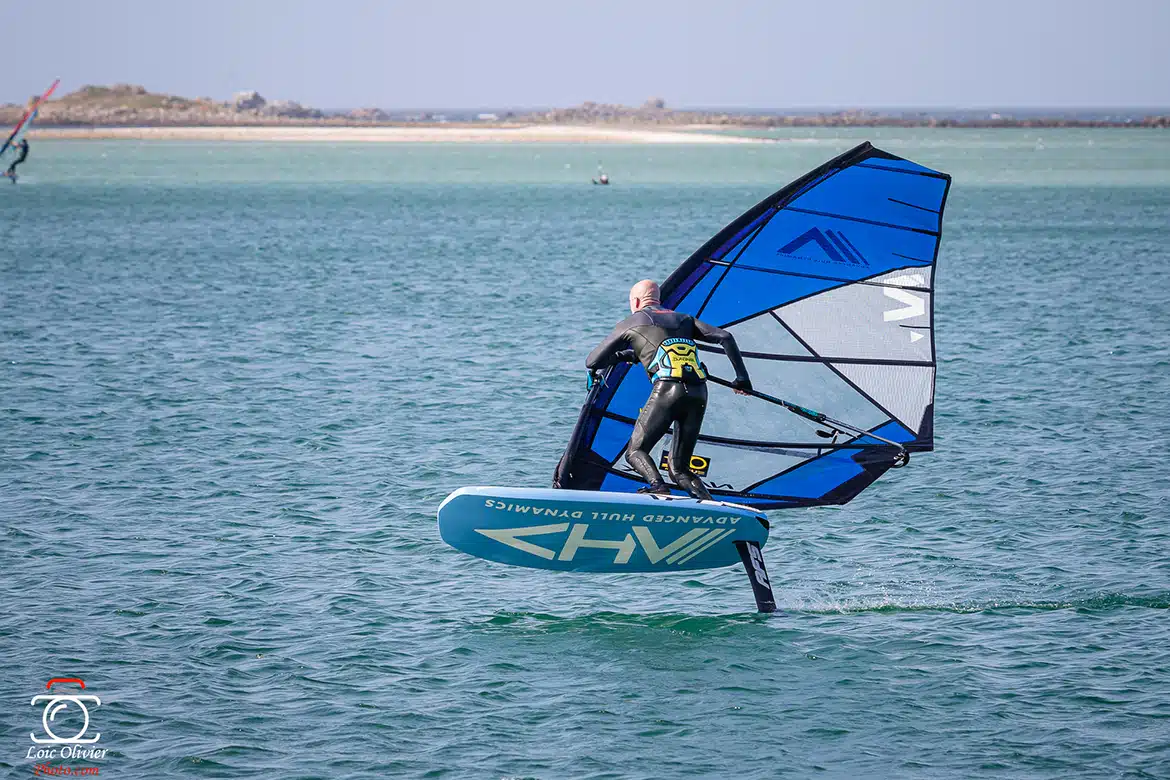
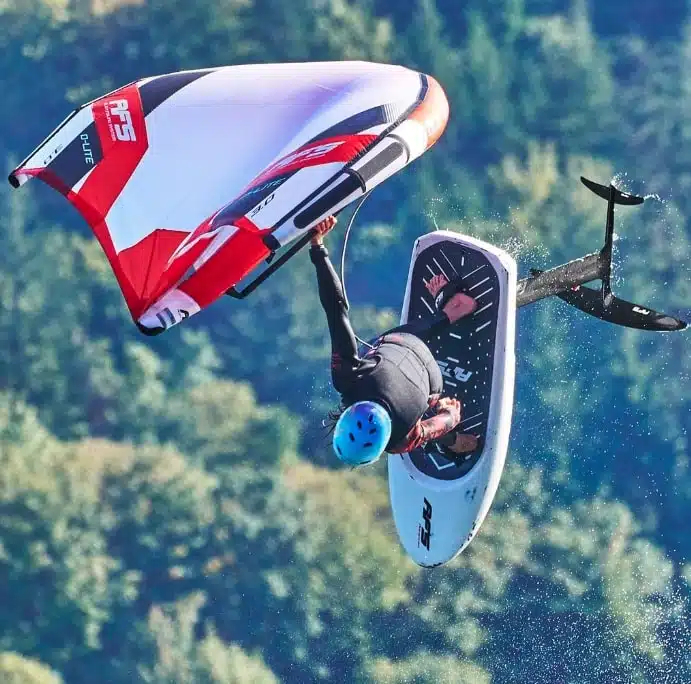
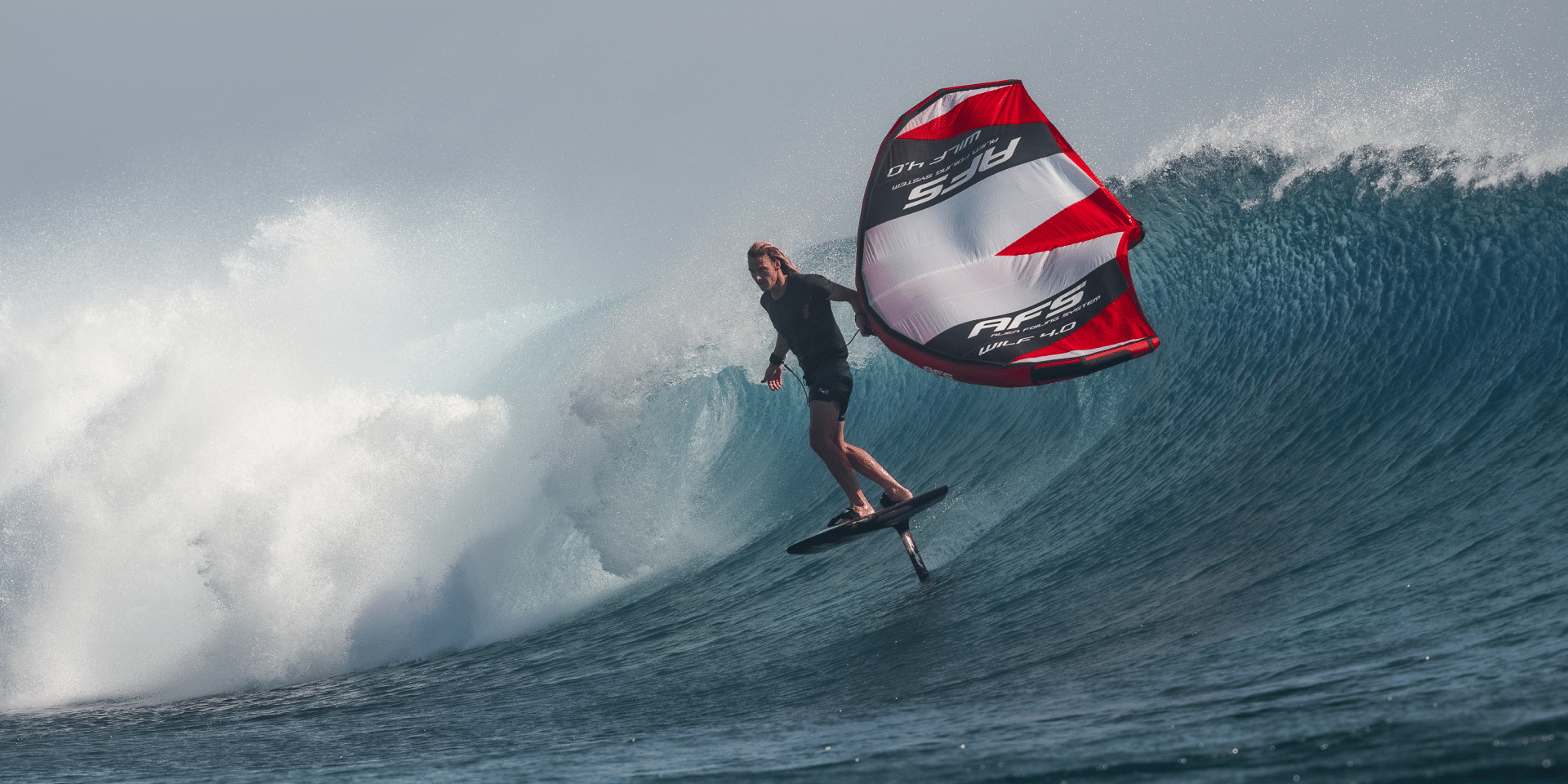
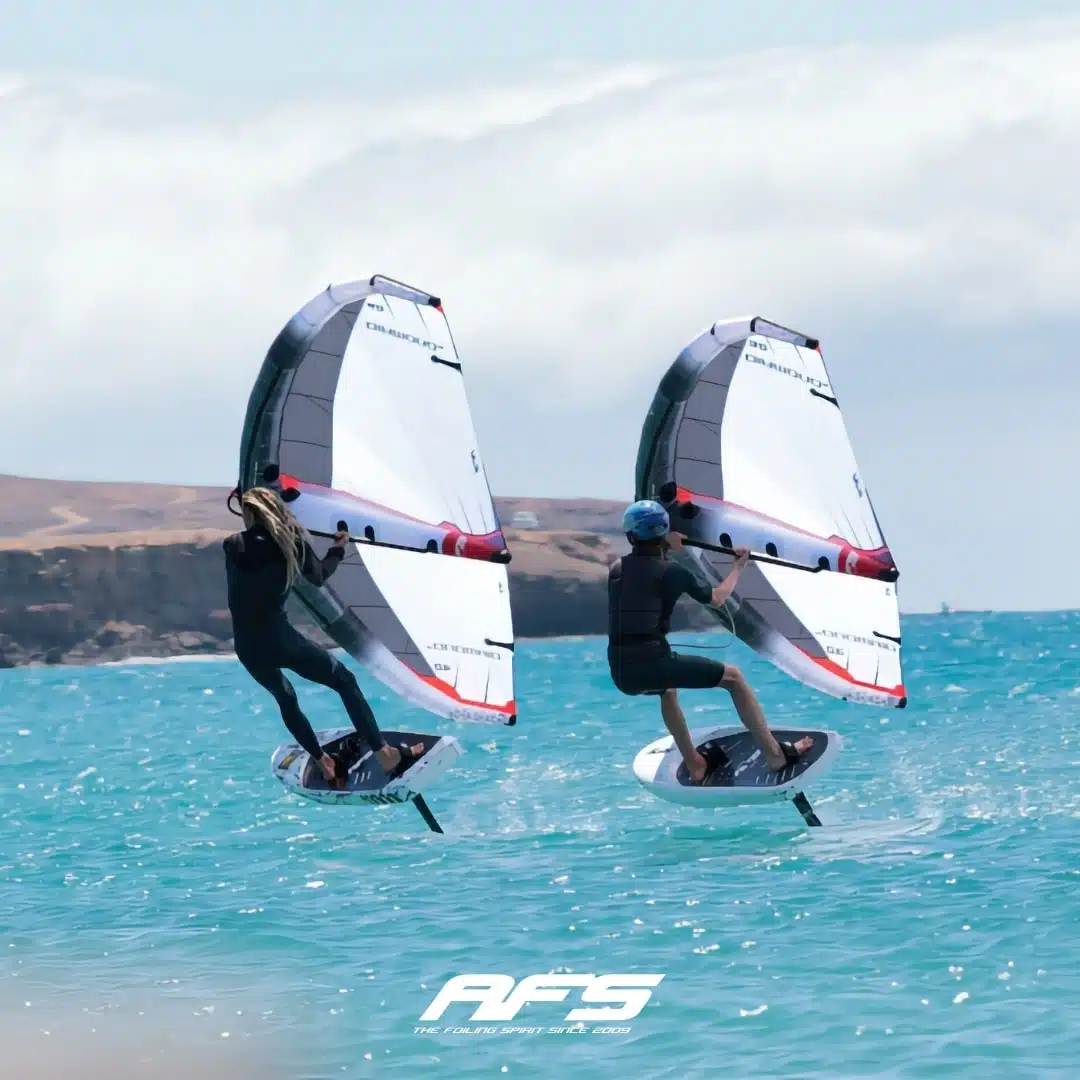
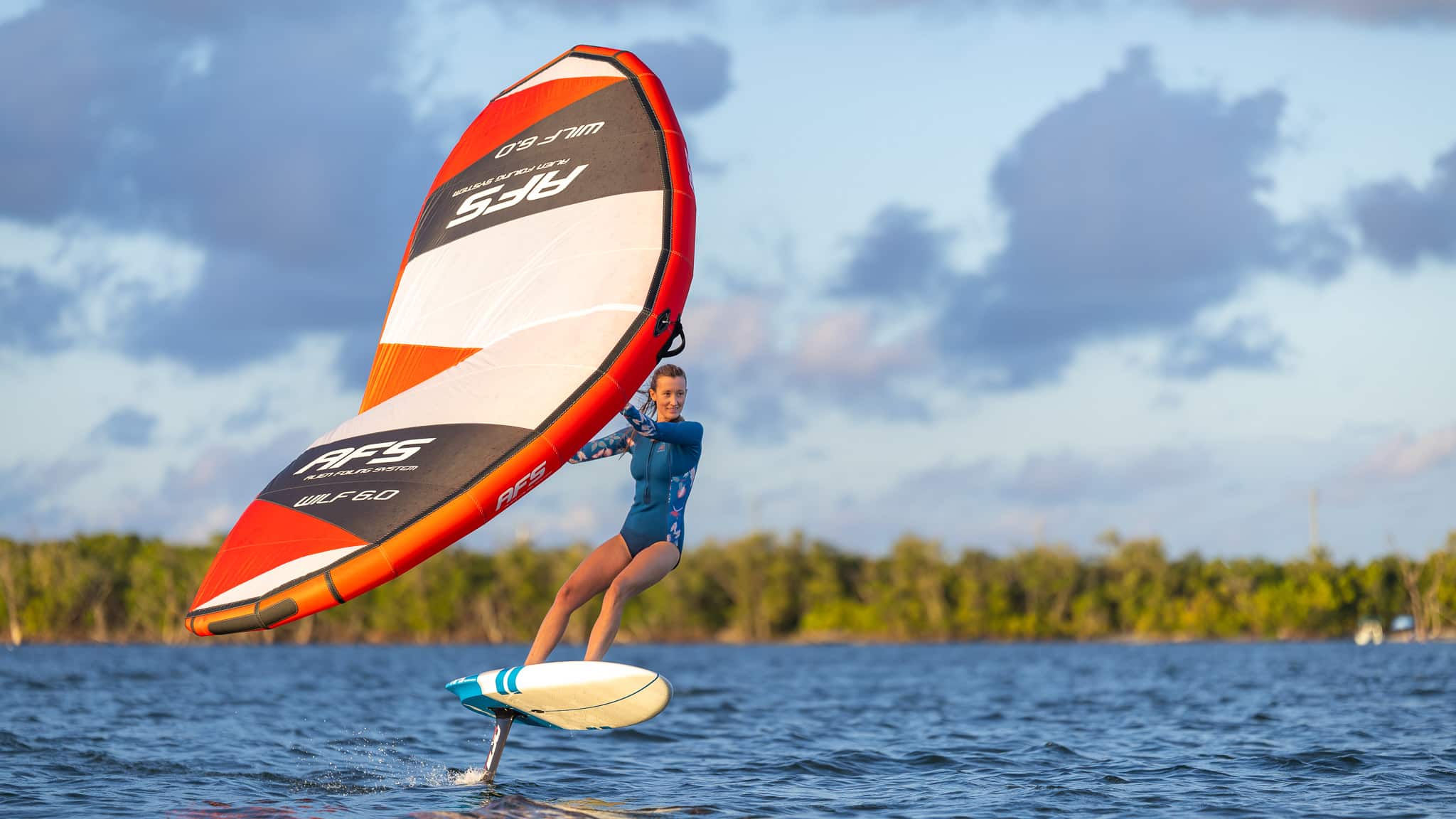

You will receive a product in excellent condition, with a few minor scratches from use.
Your product may have a few minor scratches or visual defects, but it's ready to take to the water again!
Despite deeper scratches or more pronounced visual defects, your product can take to the sea without hesitation: at this price, it's a shame to miss out!